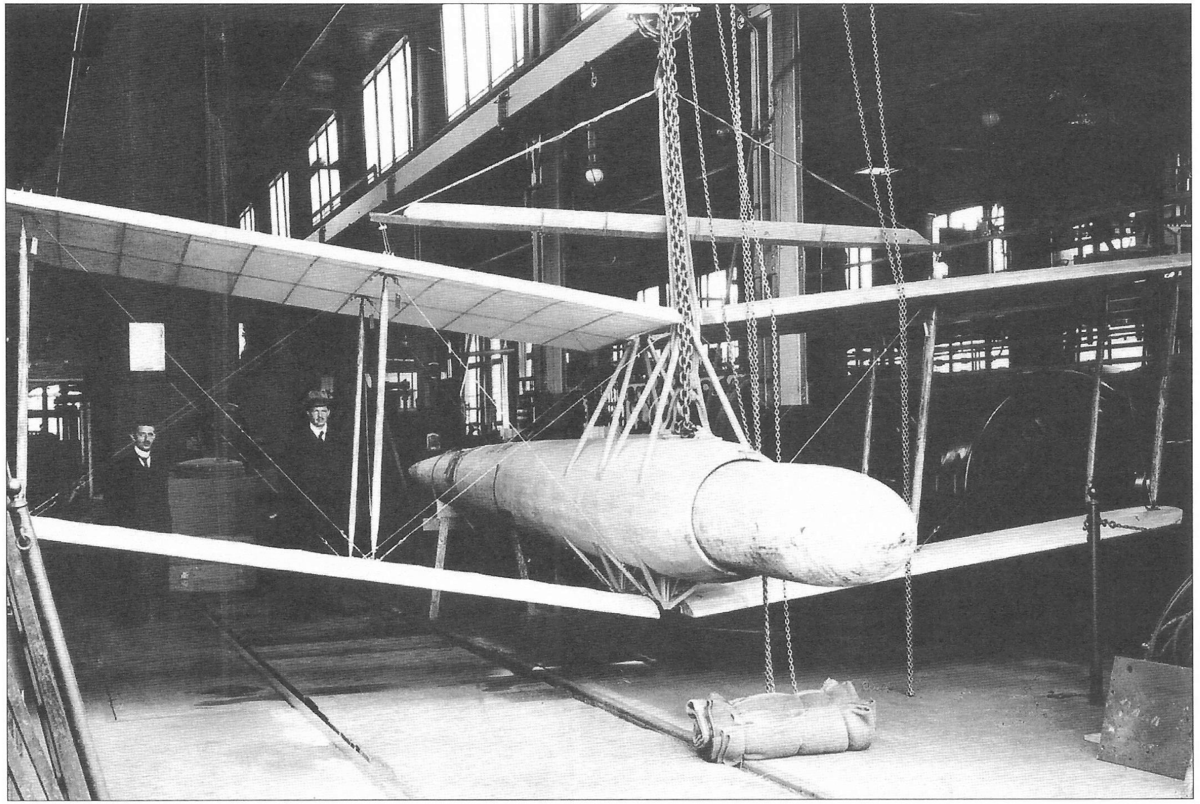Admiral Beez
Major

Given Britain's interwar experience with drone aircraft I have to wonder if they'd had more luck with radio controlled glide weapons rather than this attempt at predictable, unguided bearing and glide slope.
Last edited:


